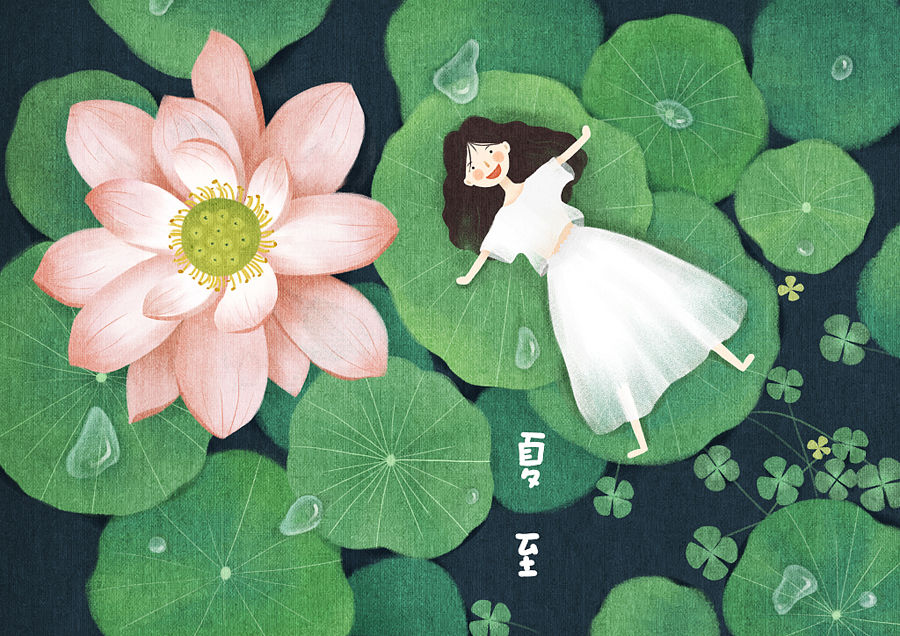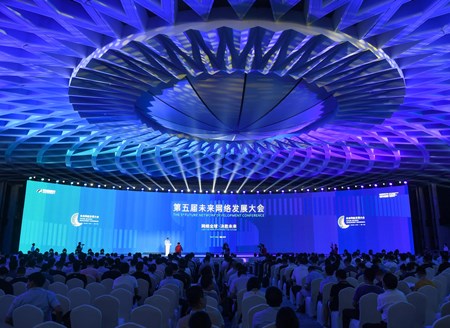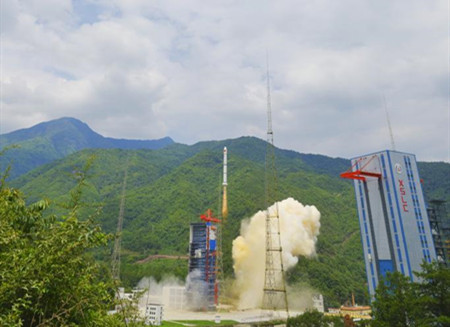The 4th Yangtze River Delta International Cultural Industry Expo opened in Shanghai on Thursday, demonstrating the mission and task of the cultural industry in the Yangtze River Delta in the process of the Chinese path to modernization.
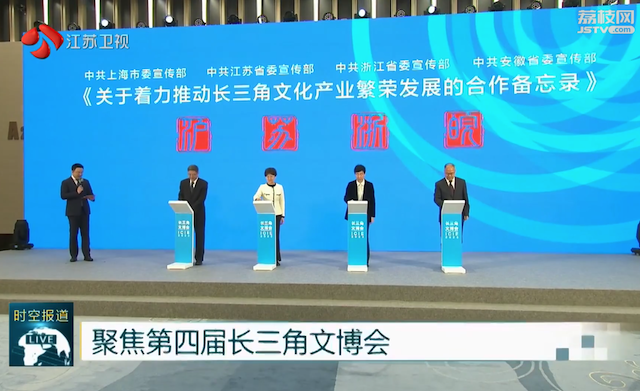
At the opening ceremony, the Publicity Department of the Jiangsu Provincial Party Committee and its counterparts in Shanghai, Zhejiang, and Anhui jointly released the "2023 Blue Book for the Development of the Yangtze River Delta Cultural Industry" and signed the "Memorandum of Cooperation on Promoting the Prosperity and Development of the Yangtze River Delta Cultural Industry".
As one of the organizers, Jiangsu exhibited the achievements of 43 excellent cultural enterprises in exploring new experiences in building modern Chinese civilization, as well as new achievements in cultural and technological integration and promoting the creative transformation and innovative development of excellent traditional Chinese culture.
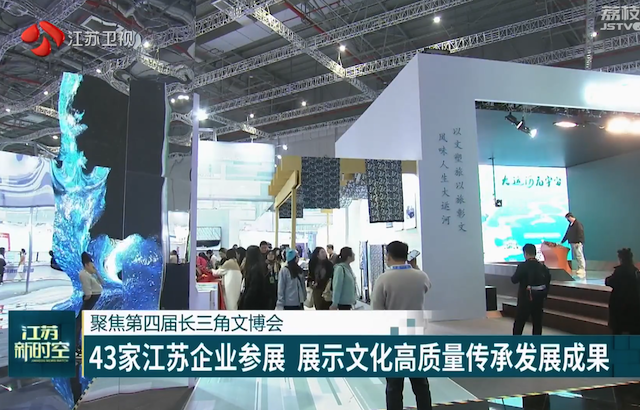
"Blue calico is generally a type of printing and dyeing process that mainly uses cotton fabric. The improvement of intangible cultural heritage techniques and the development of innovation have led us to apply this process to the silk fabric of blue printed fabric. We hope that the exhibition can serve as a platform to introduce traditional culture to households," Jiang Rong, an exhibitor from Jiangsu, said.
A large number of cultural enterprises in Jiangsu brought into full play black technologies to bring a brand-new immersive experience to the audience. The "Grand Canal Metaverse Space" adopted AI digital modeling technology to accurately replicate the cultural heritages of the 6 provinces and 2 municipalities along the Grand Canal, creating a virtual parallel space of the Grand Canal.
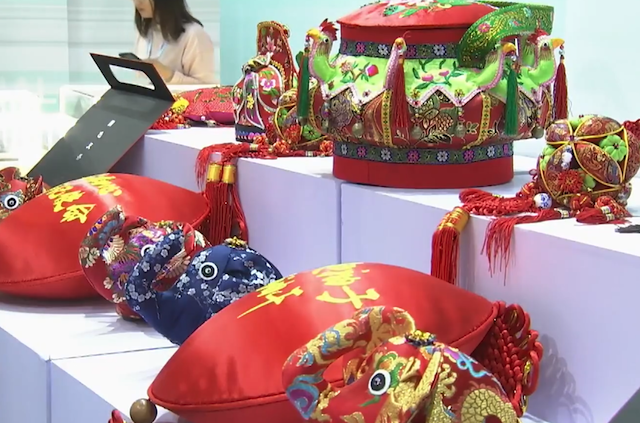
The "Litchi Gathering" live streaming room of Jiangsu Broadcasting Corporation showcased the local characteristic culture and products of "Water Charm of Jiangsu" in all aspects through technologies such as artificial intelligence and virtual reality integration.
Cultural enterprises from 32 countries and regions, as well as 1500 exhibitors from 65 prefecture-level cities in 12 provinces and cities, participated in this four-day exhibition, making it one of the largest and most diverse comprehensive cultural industry expositions in China.
